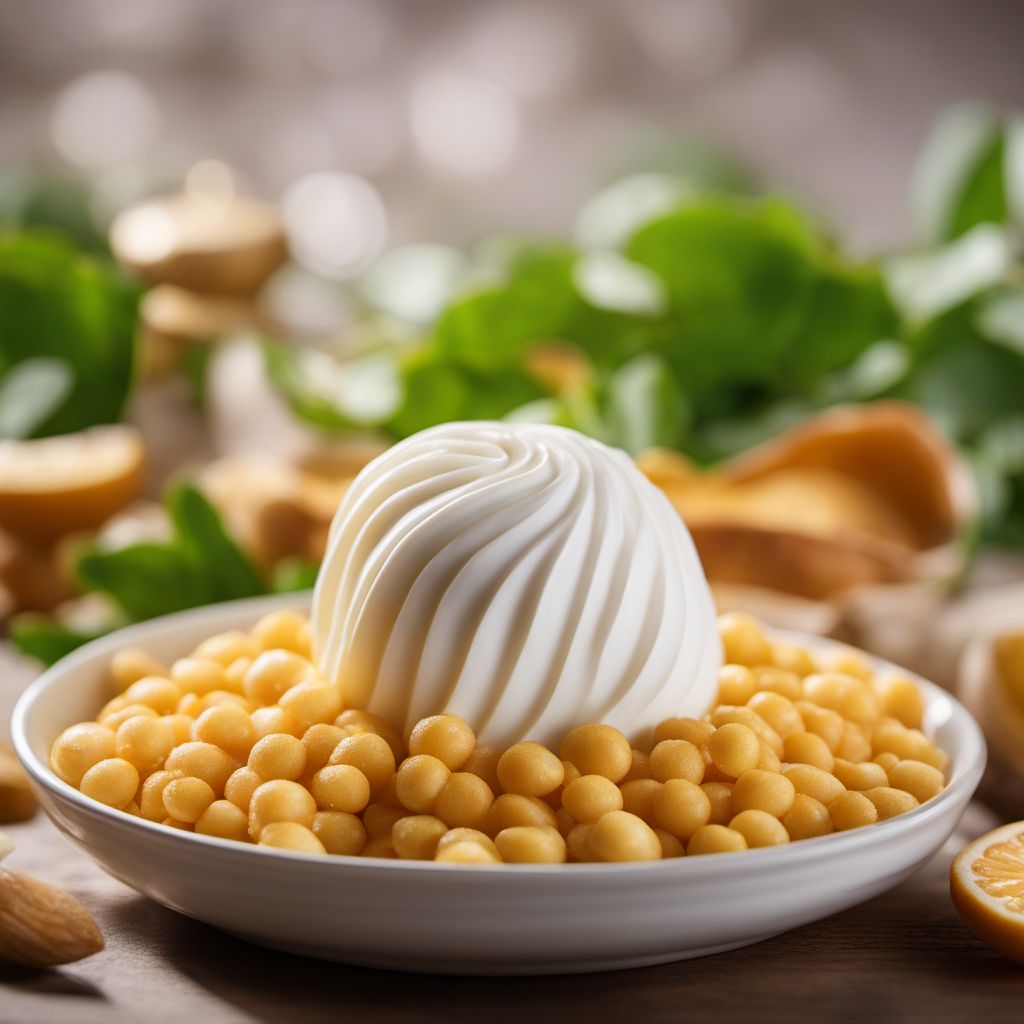
Ingredient
Meringue
The Airy Elegance: Unveiling the Magic of Meringue
Meringue is a sweet mixture made from whipped egg whites and sugar. It is known for its light and airy texture, crisp exterior, and soft, marshmallow-like interior. Meringue can be baked or torched to create a beautiful golden crust, adding a delightful contrast to creamy fillings or fruity toppings.
Origins and history
The exact origin of meringue is uncertain, but it is believed to have originated in Switzerland or France in the 17th century. It gained popularity in European and American cuisines, becoming a staple in classic desserts like pavlova, lemon meringue pie, and baked Alaska.
Nutritional information
Meringue is low in calories and fat, as it primarily consists of whipped egg whites and sugar. However, it is important to consume meringue in moderation due to its high sugar content. It is also a good source of protein.
Allergens
Egg whites, which are a key component of meringue, may cause allergic reactions in some individuals. It is important to be cautious and avoid meringue if you have an egg allergy or sensitivity.
How to select
When selecting meringue, opt for store-bought options that are fresh and free from any signs of moisture or stickiness. If making meringue at home, ensure that the eggs used are fresh and free from any cracks or abnormalities. Room temperature eggs are ideal for achieving maximum volume when whipping the egg whites.
Storage recommendations
To maintain the crispness of meringue, store it in an airtight container at room temperature, away from moisture or humidity. Avoid refrigerating meringue, as it can cause it to become soft and lose its texture.
How to produce
To produce meringue, separate the egg whites from the yolks and place them in a clean, dry bowl. Whip the egg whites until they form stiff peaks, gradually adding sugar to stabilize the mixture. The meringue can then be piped or spooned onto a baking sheet and baked at a low temperature until crisp and dry.
Preparation tips
Meringue can be used in a variety of desserts, such as pies, tarts, cakes, and cookies. It is commonly used as a topping for pies and pavlovas, or as a base for desserts like lemon meringue pie or baked Alaska. Meringue can also be shaped into individual nests and filled with whipped cream and fresh fruits for a light and refreshing dessert.
Culinary uses
Meringue is widely used in desserts across various cuisines, including French, Swiss, and American. It is commonly found in patisseries, bakeries, and dessert shops around the world.
Availability
Meringue is commonly available in grocery stores, supermarkets, and specialty baking supply stores. It is also relatively easy to make at home with simple ingredients like eggs and sugar.
More ingredients from this category
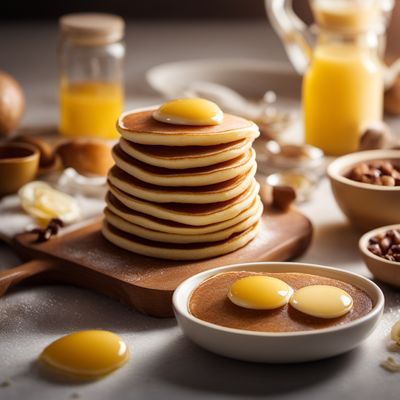
Pancakes
Fluffy Delights: Pancakes

Macaroons
Delicate Almond Delights

Dumpling, sweet
The Delightful Sweet Dumpling

Spice cakes
Aromatic Delights: Spice Cakes
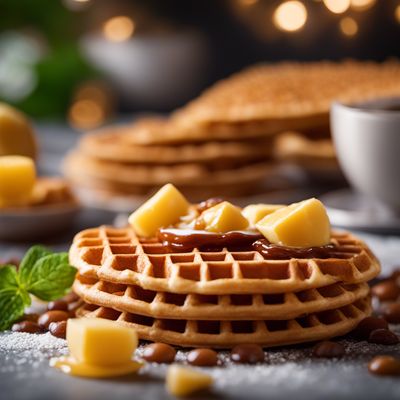
Waffles
"Golden Delights: Exploring the World of Crispy Waffles"
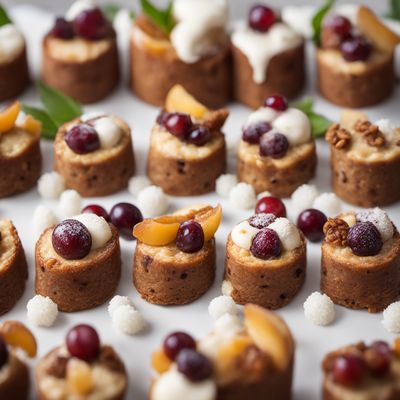
Puddings based on cereal products and/or nuts/fruits and similar
Decadent Delights

Scones and similar
Scones: The Quintessential Tea-Time Treat
Recipes using Meringue

Hertzoggie Tart Recipe
Delightful Coconut Jam Tart

Bhojpuri Baked Alaska
Flaming Ice: Bhojpuri Baked Alaska

Eton Mess with a Twist
Berry Delight: A Modern Twist on Eton Mess

Silvanas with a Nordic Twist
Nordic-Inspired Silvanas: A Delicate Meringue Cookie Sandwich

Chajá - Uruguayan Peach Meringue Cake
Peachy Delight: A Heavenly Uruguayan Meringue Cake

Ruske Kape - Slovenian Chocolate Meringue Cake
Decadent Delight: Slovenian Chocolate Meringue Cake

Cornish Lemon Meringue Pie
Zesty Cornish Sunshine Pie

Delicate Clouds: A Modern Twist on Île Flottante
Heavenly Meringue Delight: A Contemporary Take on Île Flottante
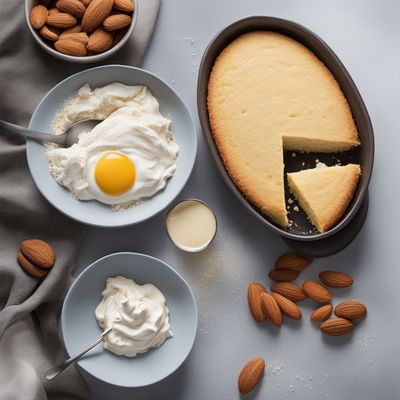
Kvæfjordkake - Norwegian Delight
Heavenly Layers: A Taste of Norway's Kvæfjordkake